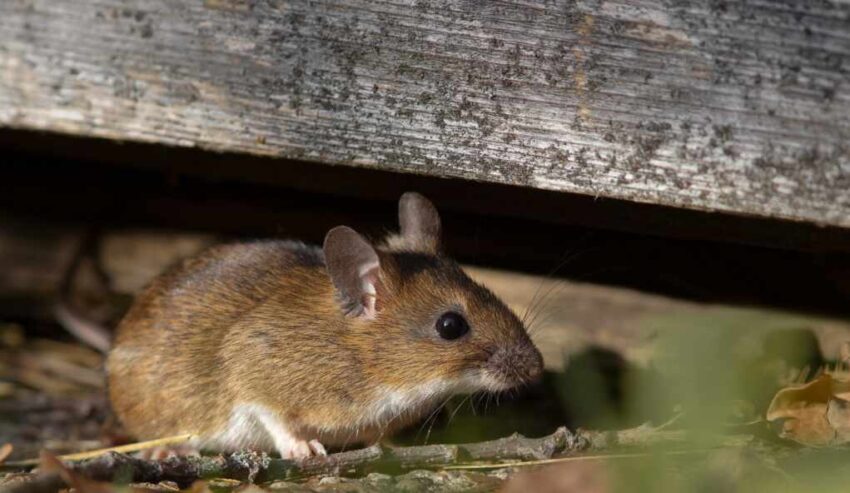California almond growers face escalating losses and infrastructure damage due to an unprecedented roof rat infestation, with estimated 2025 economic impacts ranging from $109 million to over $300 million.
At a Glance
- Rats have overrun more than 100,000 acres of almond orchards across Central California
- Some orchards report yield losses up to 50% in heavily affected zones
- Rats are shifting from tree nesting to underground burrows, complicating pest control
- Irrigation canals serve as corridors facilitating rapid infestation spread
- Infrastructure damage includes chewed irrigation lines, wiring destruction, and fire risks
Widespread Damage and Economic Impact
Central California almond orchards, spanning counties from Merced to Kern, are experiencing a severe roof rat outbreak that threatens both crop yields and essential farming infrastructure. Industry sources estimate the 2025 economic losses between $109 million and more than $300 million due to rat-related damage. Growers report rats gnawing on drip irrigation lines, stripping bark from trees, and damaging electrical wiring, sometimes leading to fires. These problems disrupt irrigation during critical harvest periods and inflate repair costs, which exacerbates financial strain amid ongoing price and water resource uncertainties.
Growers in some hotspots describe yield reductions of up to 50%, even after intensified trapping efforts. This surge in rat populations has received increased coverage throughout 2025, underscoring the scale and severity of the infestation as a regional crisis rather than isolated incidents.
Watch now: Matt Updates on Rodent Damage in West Side Almond Orchards · Instagram
https://www.instagram.com/reel/DKNLh4rJJo0/?utm_source=chatgpt.com
Analysts from the Almond Board of California and trade publications highlight the combined pressure from lost production and rising infrastructure repair expenses.
Changing Rat Behavior Challenges Control
Experts from the University of California Cooperative Extension and local growers note a significant shift in rat behavior. Rats traditionally nesting in almond trees are now increasingly burrowing underground, rendering conventional tree-based traps and baits less effective. Irrigation canals and embankments act as movement corridors, facilitating the infestation’s rapid spread between orchards. Damage to irrigation infrastructure creates additional access points and moisture that further complicate control efforts.
This ecological shift demands changes to integrated pest management (IPM) strategies. Pest control advisors emphasize the need for intensified monitoring, deployment of tracking tools to locate infestation hotspots, targeted trapping, and elevated bait stations designed to reduce risks to non-target species. However, these adaptations require additional labor and materials, imposing burdens on smaller farms. Industry groups like the Almond Board and the California Association of Pest Control Advisors plan to share resources and guidance at upcoming conferences to support growers managing large acreages.
Infrastructure Risks and Regulatory Challenges
Beyond crop loss, the damage to irrigation and electrical systems has increased safety and operational risks, including fire hazards. Growers face mounting costs replacing gnawed drip lines and repairing wiring essential to irrigation and equipment functionality. This dual threat disrupts harvest preparations and water delivery during crucial periods, pressuring cash flow and labor resources.
Irrigation districts are concerned as canals become rat highways, potentially affecting water delivery infrastructure and increasing insurer and lender scrutiny. Neighboring nut and perennial crop operations with connected irrigation systems may experience spillover effects. The overall market impact depends on how quickly pest pressure is controlled, but short-term supply reductions and quality issues appear likely.
Farmers and pest control advisors highlight regulatory friction as a complicating factor. Current restrictions on control tools, coupled with slow approval processes, impede timely responses to underground and canal-based infestations. Stakeholders call for regulatory frameworks that balance environmental safeguards with practical, scalable pest management solutions to protect farm viability.
Looking Ahead
While climate and land-use drivers behind this rat surge remain underexplored, the immediate operational reality for large-scale almond growers is the urgent need for lawful, effective IPM approaches tailored to burrowing and canal-spread behaviors. Coordination among growers, industry groups, and regulatory bodies will be crucial in determining whether the 2025 infestation represents a new normal or a crisis that can be contained.
Sources
Click this link for the original source of this article.
Author: Editor
This content is courtesy of, and owned and copyrighted by, https://deepstatetribunal.com and its author. This content is made available by use of the public RSS feed offered by the host site and is used for educational purposes only. If you are the author or represent the host site and would like this content removed now and in the future, please contact USSANews.com using the email address in the Contact page found in the website menu.








